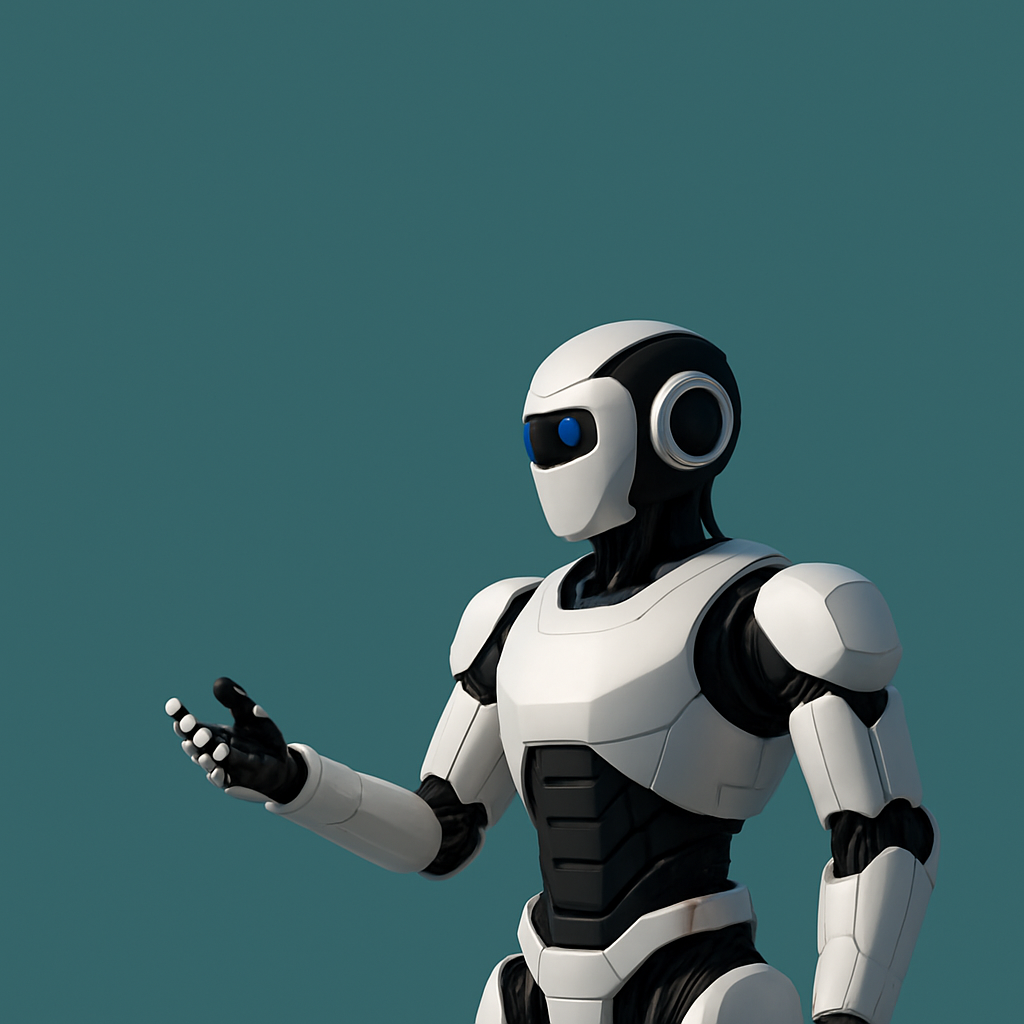Until recently, humanoid robots seemed like science fiction—confined to research labs or viral demo videos. But in 2025, that’s changing fast. Boston Dynamics is set to deploy its electric Atlas robot in a Hyundai factory, marking the first real-world manufacturing job for one of its humanoids. This move could signal a major shift in how we think about automation and human-robot collaboration on the factory floor.
Boston Dynamics, acquired by Hyundai for $1.1 billion, says Atlas is designed to handle physically difficult tasks—like lifting heavy or awkward objects—with strength and reliability beyond human capacity. The goal isn’t to replace workers, but to give them help where it’s needed most.
“The robot is going to be able to do things that are difficult for humans,” said company spokesperson Kerri Neelon.
2025: The Breakout Year for Humanoid Robots
Boston Dynamics isn’t alone. Agility Robotics has already placed its Digit robot in warehouse roles, and Figure is delivering bipedal bots to paying customers. Even tech giants like Apple and Meta are reportedly exploring consumer-friendly humanoid platforms.
Market predictions reflect this momentum. A 2024 Goldman Sachs report estimates the humanoid robot sector could be worth $38 billion by 2035—six times more than projected just a year prior.
What Makes Humanoid Robots Different
Traditional automation builds custom systems around very specific tasks. That works well in 24/7 industrial environments. But what about flexible operations where needs shift throughout the day?
That’s where humanoid robots excel.
“A purpose-built automation solution will always be more efficient for a single task,” said Jonathan Hurst, cofounder of Agility Robotics. “But when you need flexibility, humanoid robots can fill that gap.”
Rather than redesigning a factory around machines, companies can now put a robot into an existing workflow. That’s a huge advantage in industries where labor shortages or ergonomic challenges persist.
Barriers to Widespread Adoption
Despite progress, some hurdles remain. Tesla’s Optimus robot, teased since 2021, came under fire for lacking full autonomy during a recent demo. Elon Musk promises thousands of units by the end of 2025, though rare-earth metal restrictions from China could delay production.
Another challenge is training. Teaching a humanoid robot to perform multiple tasks has historically been time-consuming. But that may soon change.
AI and Natural Language Are Unlocking New Capabilities
The integration of large language models (LLMs) is redefining robot learning. Google DeepMind’s Gemini Robotics initiative aims to use AI to help robots generalize across new environments—essentially giving them a form of digital “common sense.”
Imagine a robot that can unload inventory, mop the floor, and restock shelves—all from voice commands.
“You can imagine a grocery or tractor supply store has one,” says Hurst. “That robot can be in the backroom depalletizing, then stocking shelves, then checking inventory.”
That kind of task flexibility could revolutionize retail, manufacturing, logistics, and beyond.
Final Thoughts: Are Humanoid Robots Ready?
We’re not quite at the finish line—but we’re getting close. Safety, trust, and reliability are still concerns. As Chris Atkeson of Carnegie Mellon puts it: “The cost of failure is high. But five years ago, I would have said this was never going to happen. Now, we’re almost there.”
Whether you’re a manufacturer, logistics manager, or just a tech enthusiast, 2025 is shaping up to be the year humanoid robots stop being a concept—and start becoming co-workers.

